Your Child Will Learn
To write the first letter of their name.
Here’s What to Do
- Spread out newspaper or a tablecloth, and set up large pieces of paper to paint on. Put a small amount of non-toxic paint in a cup. (Note: this activity can also be done with crayon, marker, or pencil).
- Talk about the first letter in your child’s name. Practice painting (or drawing) the different parts of the uppercase letter (like: lines for “T,” lines and half circles for “B”). Paint the shapes first, then ask your child to copy the shapes.
- With pencil or pen, write your child’s first letter on the paper. Ask your child to paint over the letter.
- If you and your child are having fun, practice painting the other letters in your child’s name.
Put PEER Into Action
PAUSE
- “Let’s cover our work area with newspaper in case painting gets messy.”
ENGAGE
- “Your name starts with a J. We’re going to practice the different parts of a letter J. First, I’m going to paint a straight line. Can you paint a straight line? Then we’ll make a curve. Can you make a curve?”
- “Can you paint over my S?”
ENCOURAGE
- “You’re working so hard practicing letters!”
- If your child is having a hard time making a letter on their own, put your hand on top of theirs and guide them as they paint the letter.
REFLECT
- “Isn’t it so cool that you can write the first letter of your name?”
Not Quite Ready
Work on painting lines and circles instead.
Ready for More
Practice painting your child’s entire name, in uppercase letters.
As Your Child Masters This Skill
They will be able to writing tools to write the first letter in their name.
Time to Complete
10-15 minutes
Materials Needed
Non-toxic finger paint (safe for use with small children), cup, paintbrush, newspaper or recycled paper, large paper (at least 11 x 17), pencil. (Note: this activity can also be done with a crayon, marker, or pencil instead of paint).
